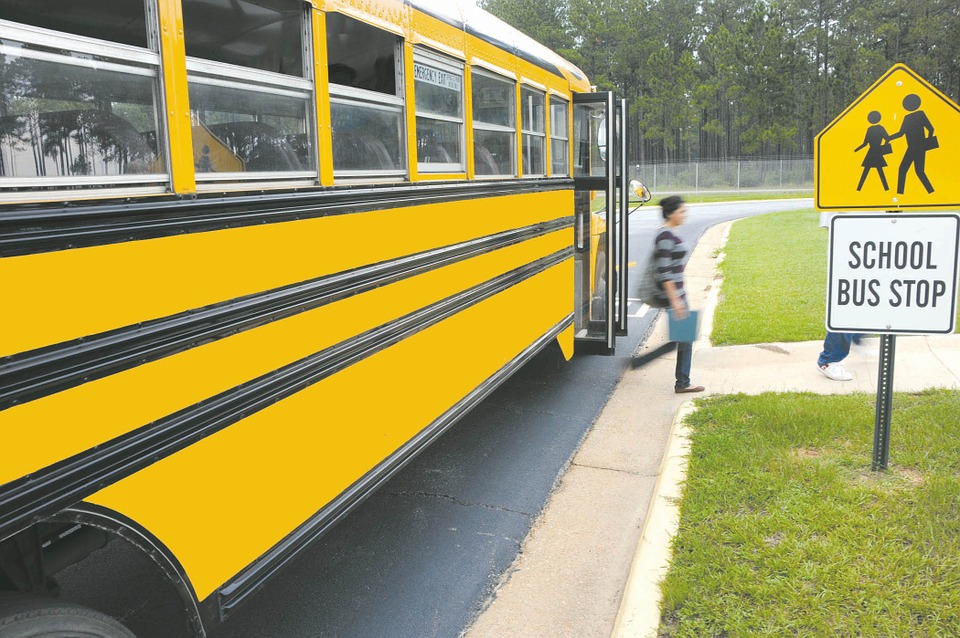Julie Entwistle, MBA, BHSc (OT), BSc (Health / Gerontology)
Yup, that is me. That mom at the bus stop that, while waiting for my kids to board the bus, ends up supervising and “parenting” the other kids that are not behaving. I remember a few years back I was waiting for the bus with my daughter. There were several kids waiting with us, and a few parents. Three boys were first in line, standing on the curb. They were pushing, shoving and playing around as boys do, each time falling or running onto the road. I told them to stop what they were doing, stand in line properly and patiently wait for the bus. My neighbor called me a meanie.
I am happy to be a meanie when it comes to safety, especially with children. Part of this is the curse of working in auto insurance. I know if one of these boys gets hit by a passing car, this could be life threatening or at the least, life altering. I also know the driver of that car will likely suffer life-long mental anguish knowing they inadvertently harmed a child – even if this was not their fault. Also, my child, and the other children at the bus stop that would witness such an accident would never be the same. They could have nightmares, flashbacks, and suffer from traffic anxiety, an aversion to riding the bus, or attending school. Lastly, from a personal liability perspective, I can’t help thinking that if children are being unsafe, and get injured, and this is witnessed by a responsible adult who did not try to prevent it, that adult could be held partially responsible. Either way, the outcome is bad for all involved.
Transportation by bus is one of the safest ways to get children to and from school. According to transport Canada, only .3 percent of personal injury or death from collisions involved school buses. Of the 142 deaths involving a school bus over the last 10 years, only 5 have involved passengers of the bus with the rest being drivers, pedestrians, cyclists or other motorists. Therefore, children are more unsafe around buses than they are in buses. In fact, riding the bus is safer than walking or getting a ride in a regular vehicle. What becomes key then is helping children to understand pedestrian safety, the rules for getting on an off a bus, and waiting at the bus stop.
It is back to school time. We all need to remember that children are both careless and carefree. Children are not expected to understand and process the dangers of traffic until age 10 and beyond, and as such, as responsible adults and parents we need to help them understand all aspects of bus safety and, if needed, be “meanies” when monitoring their behavior – even if they don’t belong to us.

